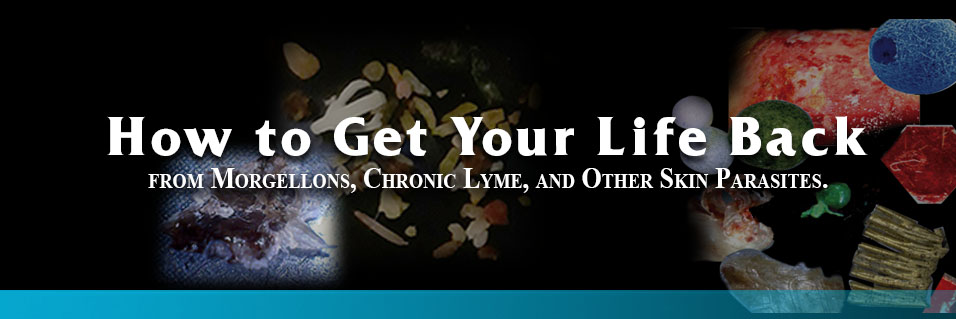|
Lime-sulfur, a fungicide composed of inorganic sulfur and lime, is commonly used today to control a variety of diseases such as plum pockets, black knot, black spot of rose, and a number of raspberry diseases. Lime-sulfur was originally developed in 1851 by Grison who was the head gardener at the vegetable houses in Versailles, France. Grison boiled "flowers of sulphur", freshly slaked lime, and water for 10 minutes, drew off the clear liquid and mixed it with water. He then used this solution to protect plants against mildews. The solution was originally known as the "Grison Liquid" or "Eau Grison". In 1886, lime-sulfur was used to control peach leaf curl in California.
Sulfur is the only ingredient in the mix that is toxic to pathogens. It is able to kill pathogens through direct contact or fumigation (sulfur vapors). The vapor action of sulfur allows the fungicide to be effective from a distance and is important in killing spores of powdery mildew. Once taken up by the fungus, sulfur disrupts the transfer of electrons causing the reduction of sulfur to hydrogen sulfide (H2S), which is toxic to most cellular proteins.
Sulfur itself is also toxic to certain plant species and is capable of causing a phytotoxic reaction. As a result, lime has been added to the mix to reduce the phytotoxicity of sulfur. The more lime added to the mix the less phytotoxic. In general, lime is considered a "safener" for the plant.
According to the label, lime-sulfur can be applied as a dormant season fungicide or as a growing season spray. Dormant season applications need to be applied in late winter or early spring when temperatures are above freezing, but before leaves are present on the plant. Growing season applications can be made after leaves are present on the plant, but should be applied in the early morning or late afternoon to avoid burning. Plant damage caused by lime-sulfur is most severe during dry weather when temperatures reach 80 degrees to 95 degrees F. Lime-sulfur is corrosive to the eyes and harmful if swallowed, inhaled, or absorbed through the skin. Appropriate precautions according to the label should be taken when applying lime-sulfur. Thoroughly read the label before purchasing, handling, or applying lime-sulfur.
If you try it, kindly give me your feedback. I am not making any recommendations one way or the other to use it indoors. And I have no idea if it has an impact on the eggs of Collembola. I am simply passing along the information for you to do as you see fit. |



